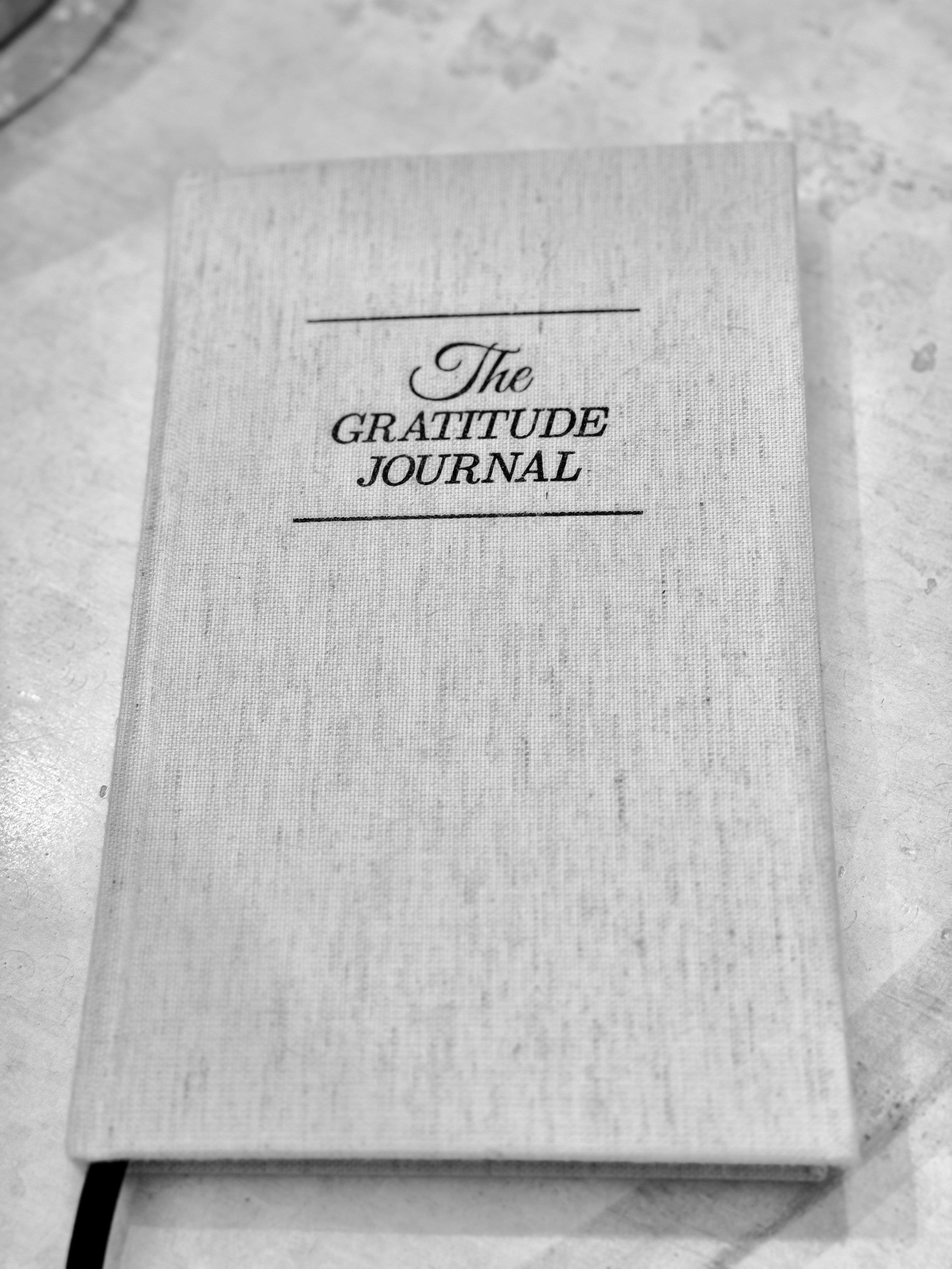Attitude of Gratitude: The Benefits of Intention
Do you have a gratitude practice or discipline? I've always considered myself a grateful person. You're probably a grateful person, too. Generally living life with a heartfelt attitude of gratitude—thankful for sunrises, food on your plate, blankets that keep you warm, friends that make you laugh, a roof over your head, and so much more, you could probably fill a notebook.
However, the words practice and discipline, in conjunction with gratitude, make me feel like it's one more thing I should be doing or obligated to do. Before writing this, I had a coffee date with my thesaurus. I sought synonyms for practice and discipline that play well with gratitude, and I didn't find anything that fits better. I guess "gratitude practice" goes together like marshmallows and hot chocolate on a winter evening.
I've been resistant to gratitude as a formal practice. But lately, I've been pondering intentional gratitude and its benefits. In August, I bought a Gratitude Journal, a book that sat unopened for weeks. I caught glances of it on the shelf, on the counter, in my bag—like it had grown legs, and walked to various places in the house, waiting for me to open it, write on its high-quality paper, and *gasp* start a gratitude practice.
Each time I saw it, I wondered, will this journal end up in my graveyard of notebooks? Did I waste $30? When will I find the time to focus on this? Thankfully, my curiosity and the aggravation I felt at myself for not diving right into my journal collided, and I had a lightbulb moment. Why not integrate (aka habit-stack) gratitude time into my well-established morning routine?
In the early morning of September 26th, I finally opened it. To avoid feeling overwhelmed by my new endeavor, I skipped over the "how to guide," and the words “gratitude practice” set in a bold all-caps typeface and made my first entry.
The journal provides a simple structure to make intentional gratitude easy. First, the pages are undated—that's a win! Have you ever started a planner or journal prepopulated with dates, and when you fall out of the habit of using it, you feel self-shame when you open it again and see all the days you missed? And you think, "Why bother?" or "How do I get started again?" We are imperfect; sometimes, our habits slide, and our best-laid plans can blow up on any given day. I love that an undated journal removes the stress and feelings of failure if you miss a day or two. Just return to it and begin again.
Second, the "I am grateful for" section has three simple blank lines encouraging depth over breadth. As a self-proclaimed gratitude generalist, I've always felt the need to encompass everything in my sentiments of gratitude—not wanting to leave anything out! Here are two samples from my journal that show the difference between general and specific. Instead of writing down, "I'm thankful for all my dogs" (of course I am), one entry says, "I am grateful for Lizzy's morning hugs." Rather than "I am grateful for my husband" (very broad), my entry says, "I am grateful for the quality and connected conversation Andrew and I had after dinner." (intentional and specific).
Despite my resistance to having a formal gratitude practice, here are three things I've learned so far about intentional gratitude:
Cataloging what you're grateful for with detail brings awareness to the smaller slices of life we often take for granted or don’t pay attention to.
Expressing intentional gratitude is a powerful tool to feel centered, motivated, and grounded at the start of the day.
Intentional gratitude refocuses your attention and boosts optimism, clarity, and joy, reducing stress.
Dr. Robert Emmons, the leading scientific expert on gratitude, says, "Being grateful is a choice, a prevailing attitude that endures and is relatively immune to the gains and losses that flow in and out of our lives. When disaster strikes, gratitude provides a perspective from which we can view life in its entirety and not be overwhelmed by temporary circumstances."
While Thanksgiving is a natural time of year for expressing gratitude and, at times, platitudes of thanks, it comes and goes as quickly as the last slice of apple pie. We can easily get caught up in the busyness of life and need to remember to carry gratitude throughout the year. Regardless of what you call it, a gratitude practice, a gratitude habit, getting groovy with gratitude, consider dedicating five minutes, a few times a week—to start—and commit to filling in the blanks three times "I am grateful for…." You don't need a fancy journal or pen—any notetaking app will work just fine! And, if you're on the go often, use a voice recorder on your phone. I promise you will feel the positive benefits.
PS: Do you already have a gratitude practice? I'd love to hear how you bring gratitude into your life and two things you are grateful for.


